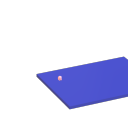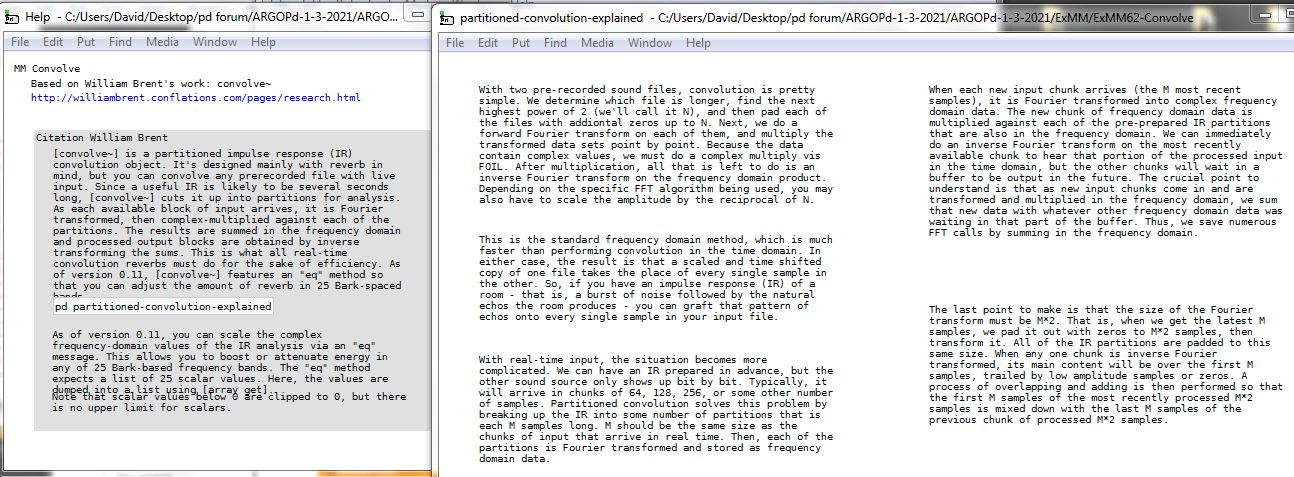Early in the pandemic I learned that I could ping a filter, record its impulse response, and convolve another signal with that impulse response to approximate that filter, admittedly in the most inflexible, CPU-hogging, and memory-wasting way. But hey--it was exciting to learn that it was possible!
Is it possible to go the other way, from an impulse response to the parameters for some arrangement of low pass/hi pass/band pass filters? Not for an arbitrary impulse response, but for decaying resonances, like the sound of a tap on the bottom of a plastic cup? The solution doesn't have to be exact, analytic, in real-time, or completely automated, nor does it have to use Pd exclusively. I just want to find a way to model these sounds other than using my ear + trial and error.
Edit: I just tried this--in Reaper, I recorded plastic cup tap, convolved it with white noise, listened and looked at its spectrum. On another track, I tried to match the sound and spectrum using the same white noise through 5 bands of parametric EQ and got closer than I thought I would. I then tried to port that parametric to Pd and pinged it. It only slightly resembles the original cup, but my port of that filter could be junk.
Edit 2: my port IS junk! I just made Pd ping the Reaper EQ and it sounds much closer!
Edit 3: but I still welcome any suggestions on how to do this better. I see that there is an FIR filter in Reaper that allows me to enter an arbitrary frequency response, but I can't alter that response dynamically so it defeats the purpose.





 ).
).